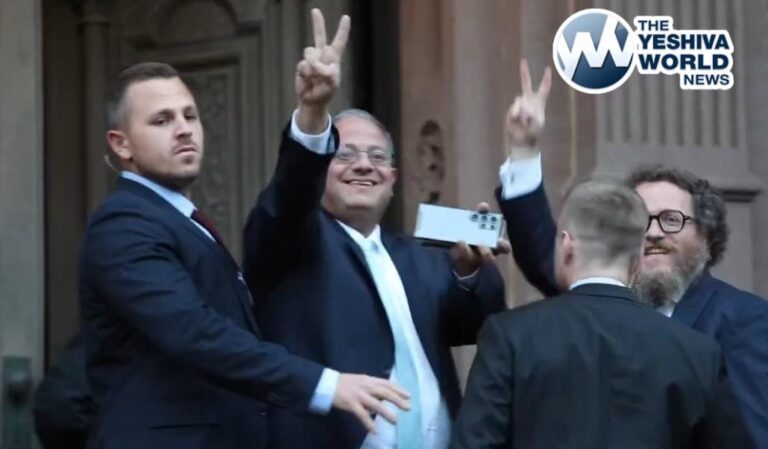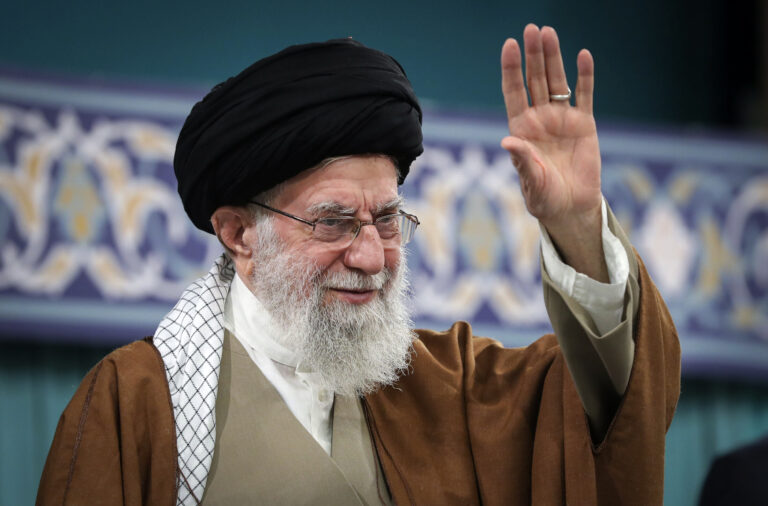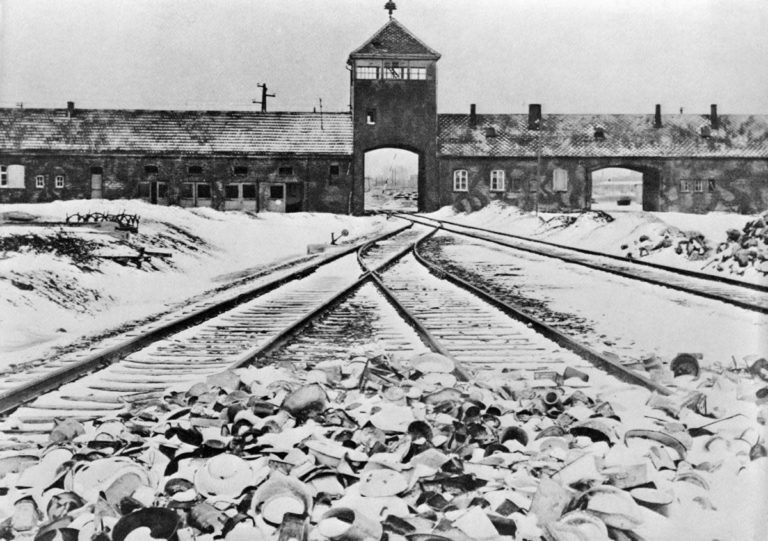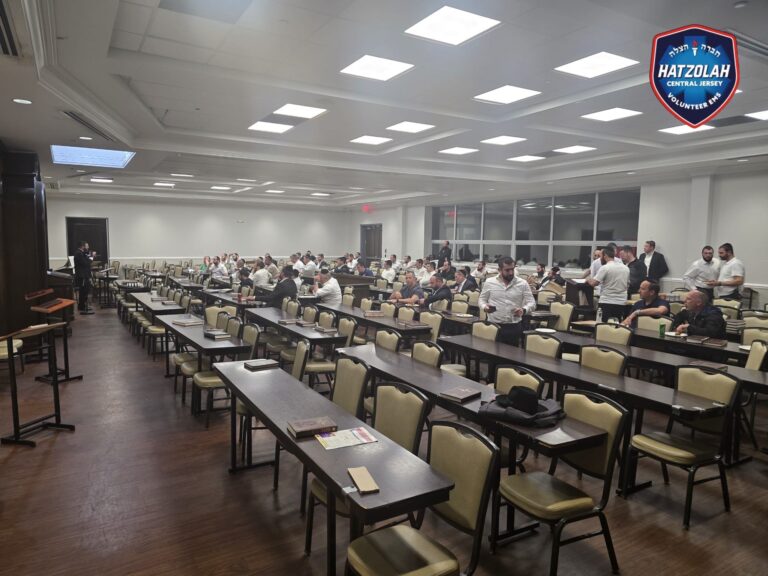 Yehuda Aviad was 2-years-old when he lost his father and he never imagined that 61 years later, investigator Moshe Arnold would inform him that his father’s kever , Yaakov Aviad, was in Mount Herzl, buried under another name, a man that never existed. Well that is exactly what happened; the missing kever was in Jerusalem’s Mt. Herzl Military Cemetery all these years.
Yehuda Aviad was 2-years-old when he lost his father and he never imagined that 61 years later, investigator Moshe Arnold would inform him that his father’s kever , Yaakov Aviad, was in Mount Herzl, buried under another name, a man that never existed. Well that is exactly what happened; the missing kever was in Jerusalem’s Mt. Herzl Military Cemetery all these years.
Arnold works with the IDF’s missing persons bureau, seeking to locate the remains of fallen soldiers like Yaakov Aviad. When Yehuda heard the news, he stated, “I pass that kever every year on the way to the ceremony for fallen soldiers but I never thought it was my father”.
Later this week, following a 61-year delay, a ceremony will take place at the kever to place a tombstone.
Yaakov Aviad was born in 1926 in Yemen. He moved to Eretz Yisrael at the age of 20, and joined the IDF, enlisting in the 65th Division of the Etzyoni Battalion.
On July 18, 1948 (10 Tammuz), members of the unit tried to prevent the Jordanian Legion forces from passing Mandelbaum Gate and making their way to western Jerusalem. Yaakov fell in that battle, survived by his wife Rivka, Yehuda and his two sisters. His body was under the rubble but due to an apparent mistake in identifying bodies, he was listed as a soldiers whose burial location is not known, remaining under this designation all these years.
After the liberation of Yerushalayim in 1967, Yehuda turned to the IDF unit responsible for locating missing soldiers, asking that they the resume the search. For years no progress was reported, until the file was placed in the hands of Arnold in 2004, a private investigator who serves in the unit in his reserve duty, working to locate bodies such as Yehuda’s father. While most have given up all hope, Arnold was unwilling to close the case, determined to get to the bottom of the story towards locating the remains of Yaakov Aviad.
Arnold learned that the bodies of two soldiers bearing similar names who also fell in the battle were taken to Bikur Cholim Hospital, Yosef Mizrachi Ben-Ezra and Ezra Yehuda Mizrachi. The two were also buried in Mount Herzl. The similarity of the names aroused Arnold’s curiosity, compelling to probe the matter. When probing the life of Mizrachi, he was astounded to learn the man never existed, never joined the IDF, had no family and never appeared in the population registry.
The decision was made to open the grave towards learning what really took place. Lt.-Colonel Gabi Almishali who heads the IDF unit stated all the evidence pointed to the fact that the grave marked Ezra Yehuda Mizrachi was indeed the kever of Yaakov Aviad. They turned to the family to explain they wished to conduct DNA testing on the remains but they stated at this stage, they did not wish to disturb the kever.
When Yehuda was finally escorted to Mizrachi’s kever by Defense Ministry official Ori Navon, he broke down in tears, explaining today, his mother is in a nursing home and all the years passed, she never had a kever to visit or daven over. “I don’t know how to thank the investigators for the great mitzvah” he exclaimed.
Since the 1973 Yom Kippur War, the unit has recorded many successes Baruch Hashem, deploying 60 teams searching for 190 missing bodies. Almishali added that all means and technology available are used to find the remains of the missing soldiers.
The remains will not be moved to a new kever, but a tombstone with the proper information will be placed on location. Later this week, on Thursday, the yahrzeit, the family will come to the kever, for a first time, and the kaddish they waited so many years to recite will be heard by all.
(Yechiel Spira – YWN Israel)











2 Responses
May the finding of this kever bring nechama to the family.
Baruch Hashem, may this bring brochos to the neshama.